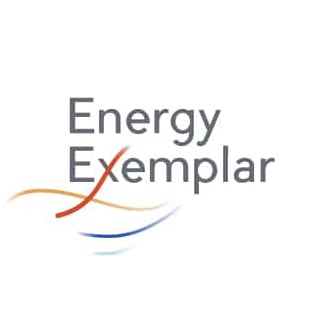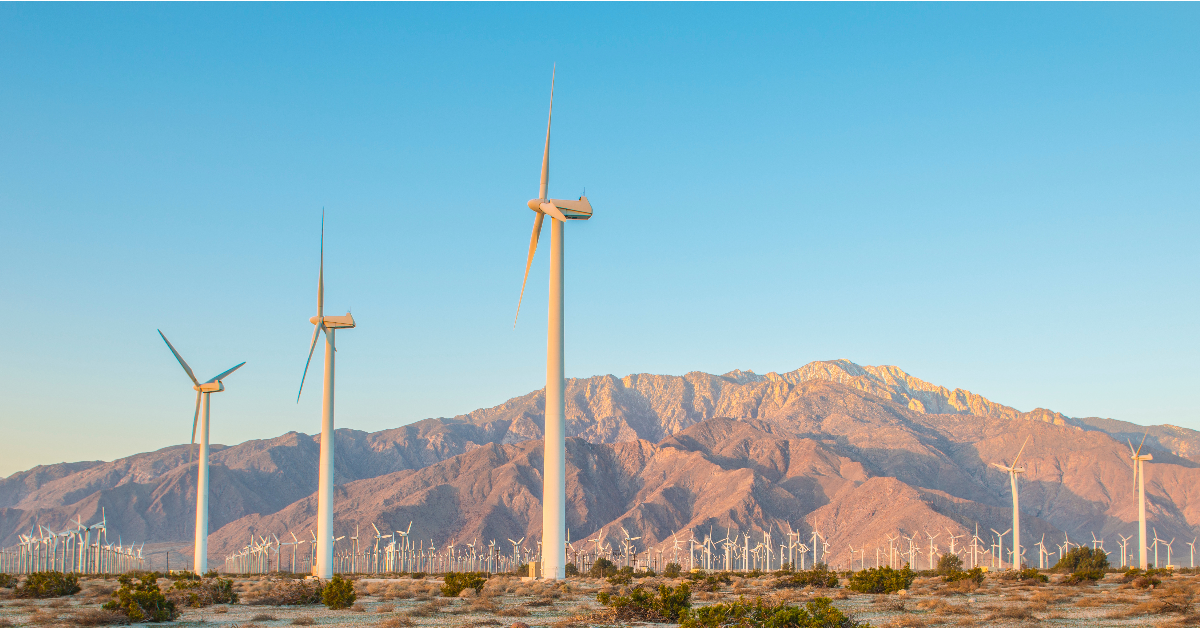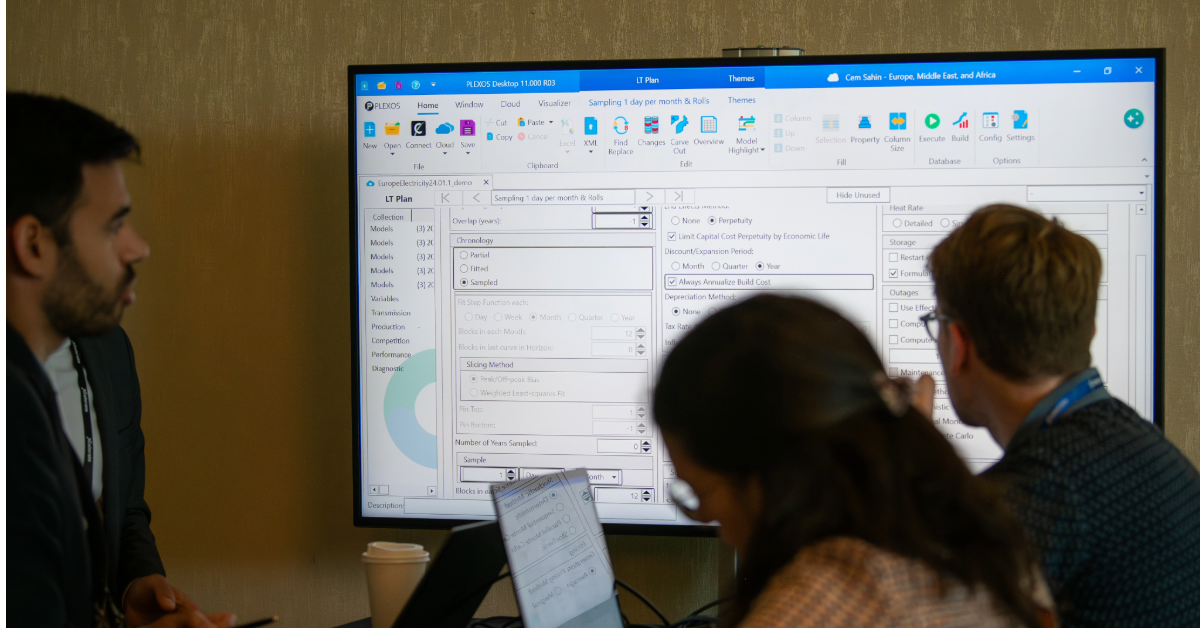Removing Modelling Barriers with Quality Data
PLEXOS Datasets for Europe By the mid-2030s, all scenarios point to the European power mix changing fundamentally from a predominantly thermal system...
2 min read
 Team Energy Exemplar
:
November 18, 2022
Team Energy Exemplar
:
November 18, 2022

Load serving entities (LSEs) and Community Choice Aggregators (CCAs) in America’s Western States are currently challenged by a variety of industry forces. The main driver of these challenges is the clean energy transition. Greenhouse gas targets are becoming increasingly ambitious, and it can feel like they are moving targets that become more stringent with each Integrated Resource Planning (IRP) cycle. The clean energy transition is only going to continue to accelerate, with additional funding and mandates from state and federal governments. What public power and CCAs must now work to understand is how ratepayer dollars can achieve this efficiently and responsibly, all while maintaining a reliable grid.
New technologies and infrastructure upgrades are costly. Compounding these costs associated with the transition are the rising inflation & supply chain constraints seen in today’s global economy. In the case of not-for-profit LSEs, such as CCAs, irrigation districts, cooperative utilities, and publicly owned utilities, these rising costs need to be well understood and planned for as well as possible. They not only impact the organization’s bottom line, but also their duty to minimize costs for their ratepayers.
Adding to the uncertainties presented by fluctuating clean energy targets and variable costs are extreme weather events and increased penetration of intermittent renewable generation sources. These situations create uncertainty when it comes to reliability and volatility. Extreme weather events, both hot and cold, are creating new challenges for electricity providers. In California, over the last several years, hot summer days have led to rolling blackouts as consumers crank up the A.C. Wildfires and the risk of wildfires has resulted in outages as well. Alongside days of record load, generation stacks across the country are increasingly made up of intermittent, renewable generation. These resources cannot always be relied upon to meet load during times of extreme demand. So, LSEs are having to meet government requirements for clean energy targets, while also proving they can maintain reliability and resource adequacy for their ratepayers and service territories.
As the planning landscape becomes more complex, and the risk associated with energy shortages and high energy prices increases, LSEs require a shift in their planning and modeling capabilities. With a variety of unknowns, LSEs will be best served by modeling capabilities that allow them to analyze a multitude of scenarios and variables. Some of the key capabilities that will be required as the energy transition continues are:
Several western LSEs and CCAs have chosen PLEXOS as their modeling solution of choice because it delivers all the above. PLEXOS gives them the capabilities required to face the unknown with confidence and make the best procurement and investment decisions possible in a rapidly changing and volatile landscape.
To learn more about how PLEXOS can support your planning processes and decisions, click here.

PLEXOS Datasets for Europe By the mid-2030s, all scenarios point to the European power mix changing fundamentally from a predominantly thermal system...

Uzbekistan, a landlocked country in Central Asia of around the size of California, with a population of approximately 34 million, is rich in natural...

In Part 1 of this blog series based on our recent webinar, Harnessing the Winds of Change: The Future of Green Energy in a Turbulent Present, we...